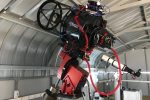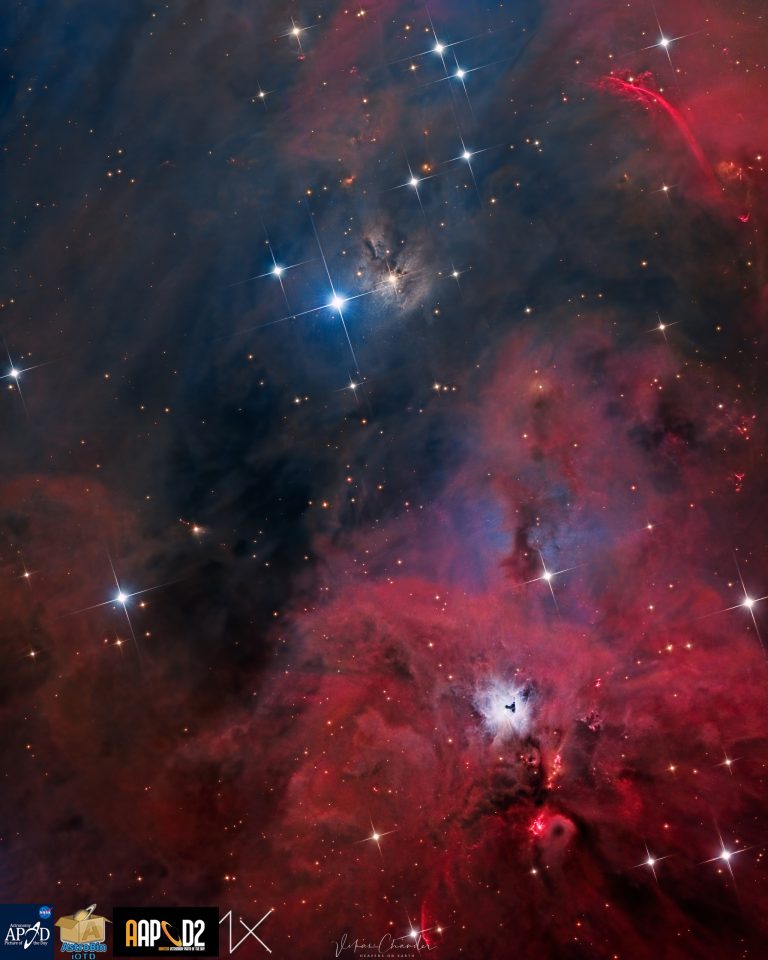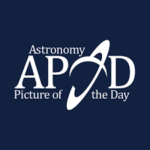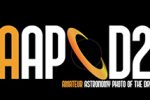Vikas Chander Astrophotography
NGC 1999
Telescope : Planewave CDK17 f6.8
Camera : SBIG STXL 11002
Mount : Software Bisque Paramount ME
Focal length : 2939mm
Fov : 42 x 29 arcmins
Image Scale : 0.63 arcsec/pixel
Observatory : El Sauce Chile
Filters: HaRGB
L 14x20m R 14x20m G 14x20m B 17x20m
H 10x30m
Integration: 24h40m
RA: 05h36m32s
Dec : -06°33′47″

One of the first images taken after NASA astronauts repaired the Hubble Space Telescope in December 1999, was NGC 1999, a nebula in the constellation Orion. While the Hubble image was much deeper than the image presented here, it nevertheless generated a lot of interest amongst astronomers. NGC 1999 is an example of a reflection nebula. Like fog around a street lamp, a reflection nebula shines only because the light from an embedded source illuminates its dust; the nebula does not emit any visible light of its own. NGC 1999 lies close to the famous Orion Nebula, about 1,500 light-years from Earth, in a region of our Milky Way galaxy where new stars are being formed actively. NGC 1999 was discovered some two centuries ago by Sir William Herschel and his sister Caroline, and was catalogued later in the 19th century as object 1999 in the New General Catalogue.
© Vikas Chander All rights reserved Copyrights




